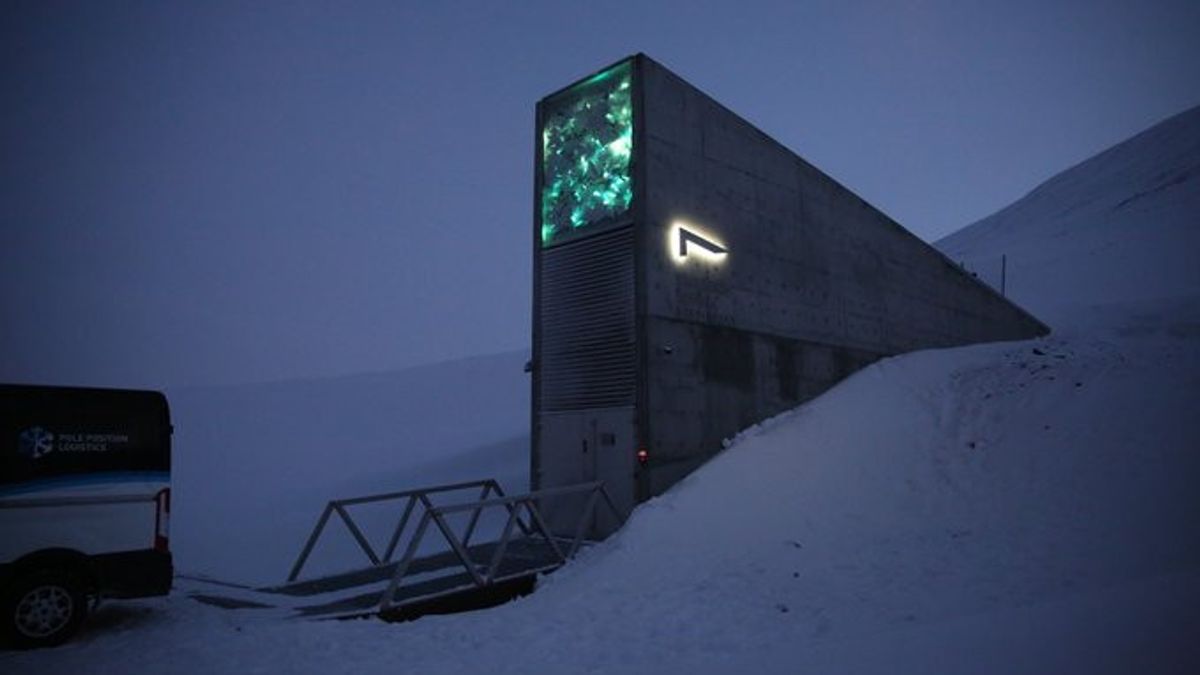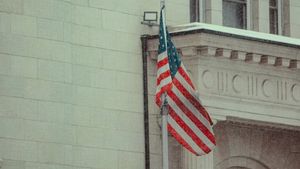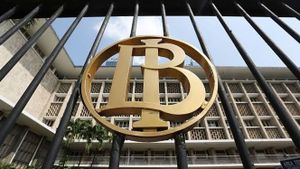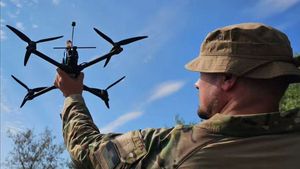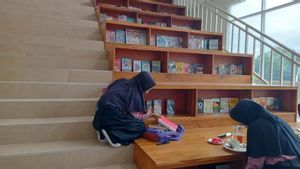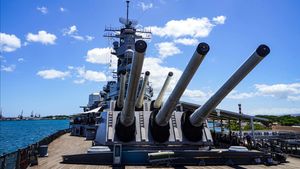Jakarta - eccentric entrepreneurs such as Elon Musk have ambitions to send humans to the moon or Mars to ensure human survival. Instead, scientists are now proposing solutions to protect Earth's biodiversity outside of our planet.
The proposed ambitious plans involve the creation of "biorepository" or lunar biological storage to keep animal species threatened with extinction from possible global disasters. This biorepository will store frozen animal cells from various species, including mammals, reptiles, birds, and amphibious.
This concept is similar to the "Global Seed Vault" in Norway which stores plant seeds to deal with disasters. However, this month's biorepository will store frozen animal cells, and possibly plant seeds, in hopes of being used to create new life on Earth, the moon, or other planets in the event of mass extinction.
Cryptopreservation, or preservation with freezing, is a method used to store very low-temperature animal cells and tissues, stop metabolic processes and keep cells in suspension state. These cells can be used for a wide range of applications, including cloning to revive species.
Scientists from theungkil's National Zoo and Conservation Biology Institute (NZCBI) in Washington DC, revealed their plans in a paper published in BioScience. Although the exact cost of building lunar biorepository is not yet expected, they expect the initial cost to be five times more expensive than the creation of similar facilities on Earth, although maintenance costs may be cheaper.
SEE ALSO:
This biorepository will store endangered animal cells, and possibly plant seeds as well. The proposed location is in a very cold lunar polar region, where temperatures can reach -410°F (-246$C), cold enough to keep cells frozen without requiring electricity.
Inspiration for this project comes from the Global Seed Vault in Svalbard, Norway, which stores important plant seeds as reserves if the original plant is destroyed. Although the location was threatened with flooding due to permafrost disbursement in 2017, the project on the moon is considered safer because of its distance from Earth.
Animal cells require a much lower storage temperature than plant seeds, namely -320°F (-196°C). As part of the study, scientists have frozen samples of the skin from a coral named starry goby, and this sample will undergo radiation exposure testing to prepare for delivery to the moon.
Furthermore, these samples are likely to be sent first to the International Space Station (ISS) to test how they survive in the space environment. Finally, sending cell samples from the most endangered species can be done in conjunction with an astronaut mission on the moon under NASA's Artemis program, which aims to build a permanent base on the moon.
Although the project faces many challenges, including the number of animal species on Earth that are estimated to reach 7 million and 2 million endangered species, scientists emphasize that this is a long-term program that requires extensive international cooperation. "Protecting life on Earth should be a top priority in the race towards lunar locations for industry and various types of science," they said.
The English, Chinese, Japanese, Arabic, and French versions are automatically generated by the AI. So there may still be inaccuracies in translating, please always see Indonesian as our main language. (system supported by DigitalSiber.id)
